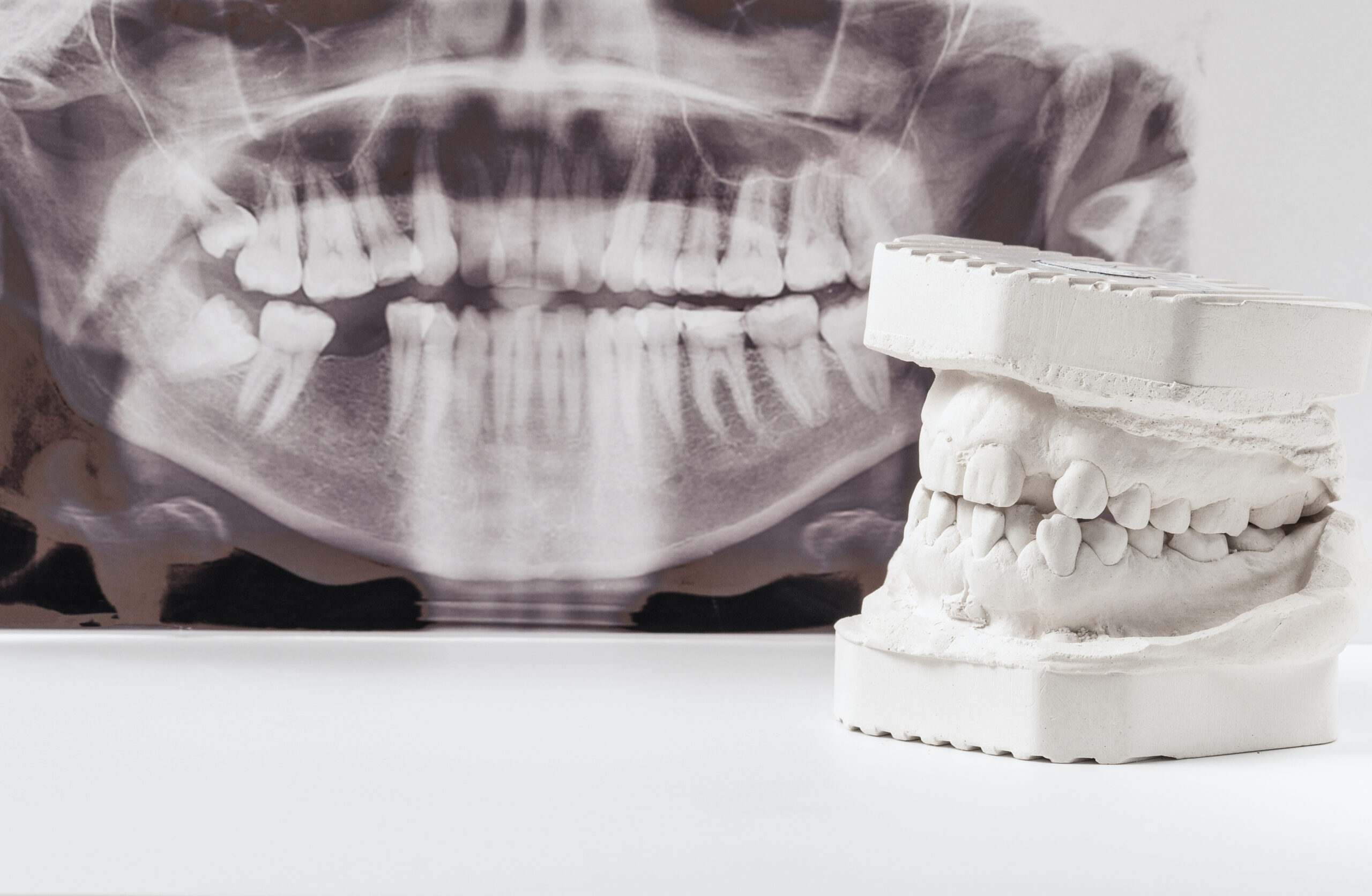When people think about dental X-rays, they often envision a mall machine that quickly captures an image of their teeth. While this is partially accurate, the reality of dental X-rays is far more complex. Dental X-rays encompass various types, each with its advantages and drawbacks. Please continue reading as we explore what you should know about these matters and contact our general dentistry/dentists located in Basking Ridge & Morristown, NJ today.
What Are the Different Types of Dental X-Rays?
First and foremost, it’s important to understand that dentists use X-rays to assess the health of your bones, teeth, and any fillings, crowns, or implants you may have. However, not all dental X-rays are the same. Dentists will use various X-rays depending on what they are trying to see. The following are the most common dental X-rays and what they are used for:
- Panoramic: The most common type of dental X-ray is the panoramic, which takes images of your entire mouth from front to back. It can show the position of fully emerged, emerging, and impacted teeth in one image, making it essential for checking cavities, wisdom teeth, and other dental problems.
- Bitewing: Another common type of dental imaging, this dental X-ray is used to examine your teeth more closely, particularly the spaces between them. It can help dentists detect decay and changes to your jawbone caused by gum disease.
- Periapical: This type of dental X-ray captures the whole tooth, from the crown to the root. This is typically used to detect any unusual changes in the upper or lower teeth and surrounding bone structures.
What Are Common Myths?
Dental imaging has been utilized for deceased, but there are still several misconceptions that persist among patients. These myths can lead to anxiety, avoidance of necessary imaging, and compromised dental care. Some of the most common misconceptions about dental X-rays include:
- X-rays are dangerous: Contrary to popular belief, X-rays are safe. You are only exposed to a small amount of radiation during a dental scan, which is much lower than the amount you are exposed to daily from things like your cell phone or computer.
- X-rays are annually required: Another common myth is that you need to get a panoramic X-ray every year. However, you typically only need to have them done every three to five years unless you are experiencing problems with your teeth or jawbone. Bitewing X-rays are more commonly performed, but you should consult your dentist about how often you should get them done.
- X-rays are painful: This is a quick and painless procedure. Patients may experience slight discomfort simply from the positioning of the devices, but the X-ray -ray itself doesn’t cause any pain.
- Pregnant women should avoid them: Generally, X-rays are considered safe for pregnant women, especially when proper precuations are taken. Lead aprons and thyroid collars are used to shield the fetus from radiation exposure.
If you have questions or concerns, please don’t hesitate to contact Dental Associates of Basking Ridge. Our team is committed to providing a safe, comfortable dental experience. Contact our officer today to schedule an appointment.










